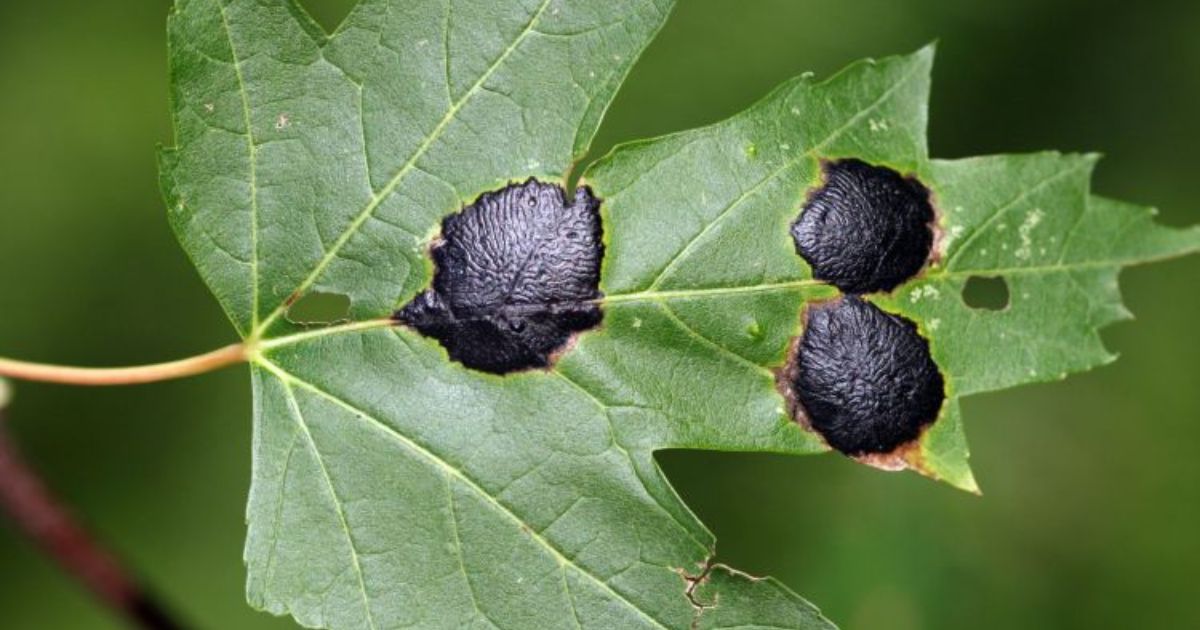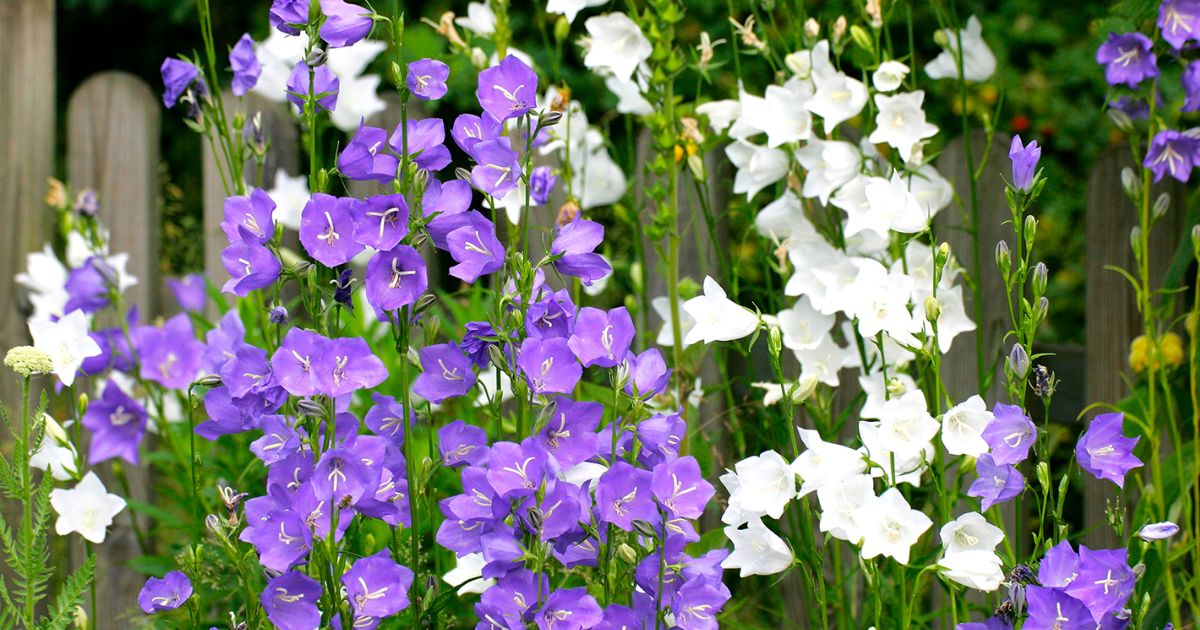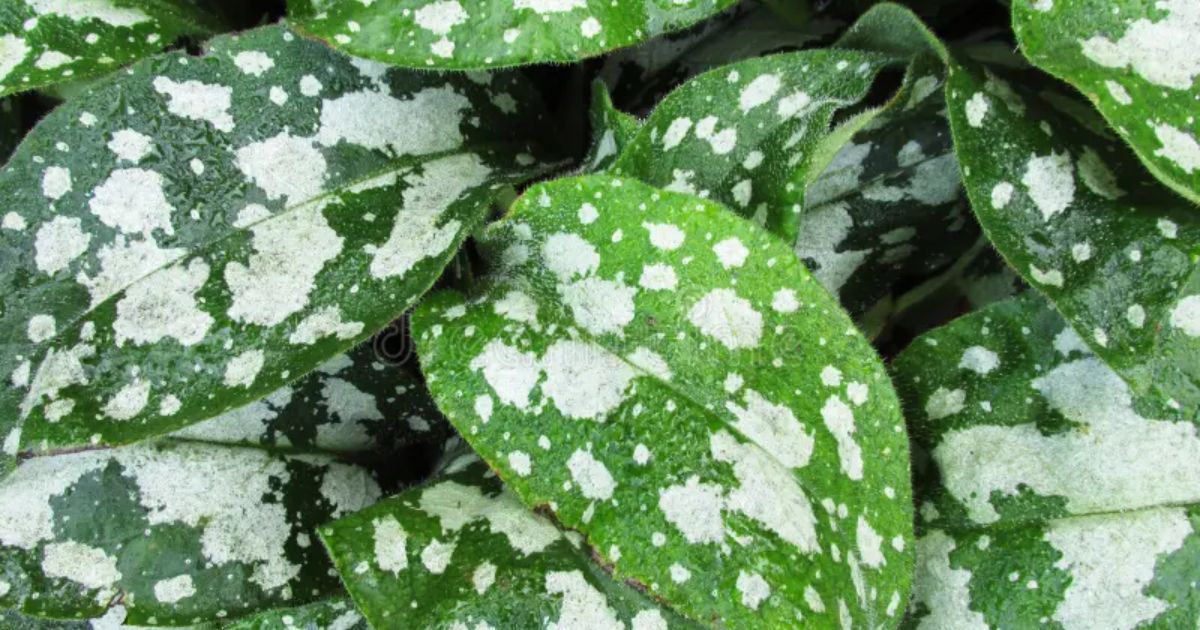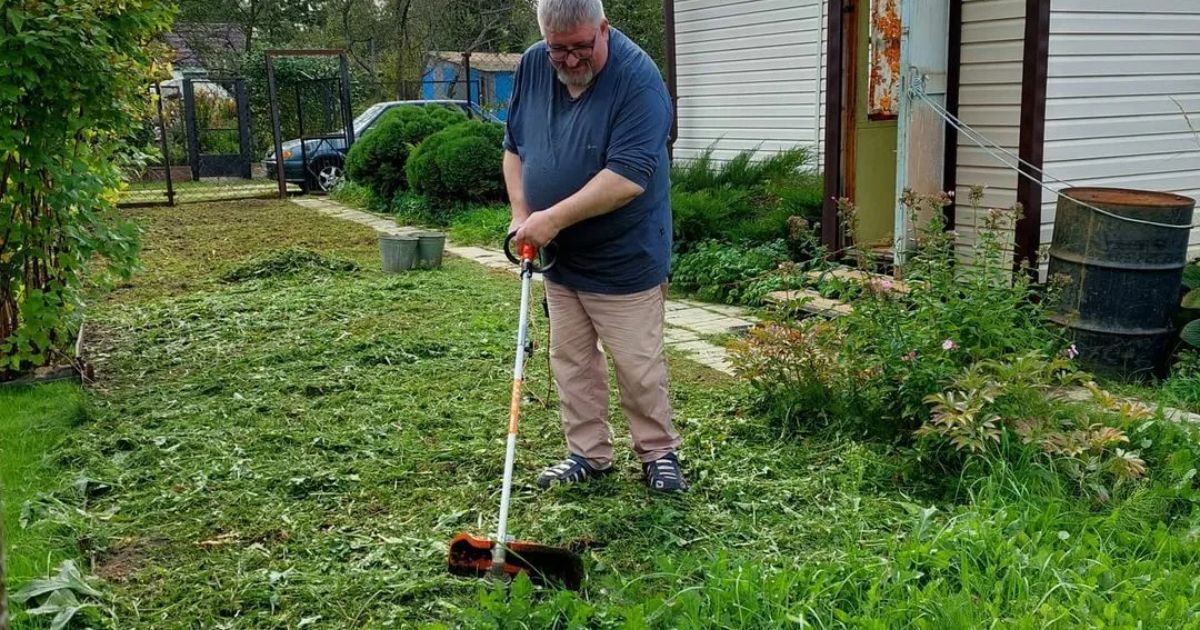Poinsettias are a holiday favourite, known for their vibrant red and green foliage that adds a festive touch to any home. While many people treat them as temporary decorations, these stunning plants can thrive well beyond the holiday season with proper care. If you’ve ever wondered how to grow poinsettias at home, you’re in the right place! You can enjoy lush and healthy poinsettias year-round with the right conditions, watering schedule, and maintenance routine.
This guide covers essential poinsettia care tips, including the best soil mix, watering techniques, light requirements, and how to encourage reblooming. Whether you are a beginner or an experienced plant lover, these expert tips will help you keep your poinsettias thriving long after the holidays. Let’s dive into everything you need to know about growing poinsettias indoors and ensuring they stay beautiful and vibrant!
Choosing the Right Poinsettia Plant
The first step is to choose a healthy poinsettia to ensure long-lasting beauty and growth. When shopping for a plant, look for deep green leaves that are full and vibrant. The foliage should be lush, with no spots, discolouration, or curling edges, as these can be signs of disease or stress. Additionally, check the stems—they should be strong and sturdy, not weak or drooping.
Avoid poinsettias with wilting leaves or yellowing foliage, as these indicate poor health, overwatering, or exposure to extreme temperatures. Also, inspect the bracts (the colourful leaves that make many mistakes for flowers). They should be bright, evenly coloured, and free from brown edges or signs of damage.
Finally, consider the size of the plant for your indoor space. If you have limited room, opt for a compact poinsettia that fits comfortably in your home without being overcrowded. If you’re looking for a statement piece, a larger, bushy plant can be a stunning holiday centrepiece. Choosing the right poinsettia from the start will set you up for success in growing a lush and healthy plant at home!
Ideal Growing Conditions
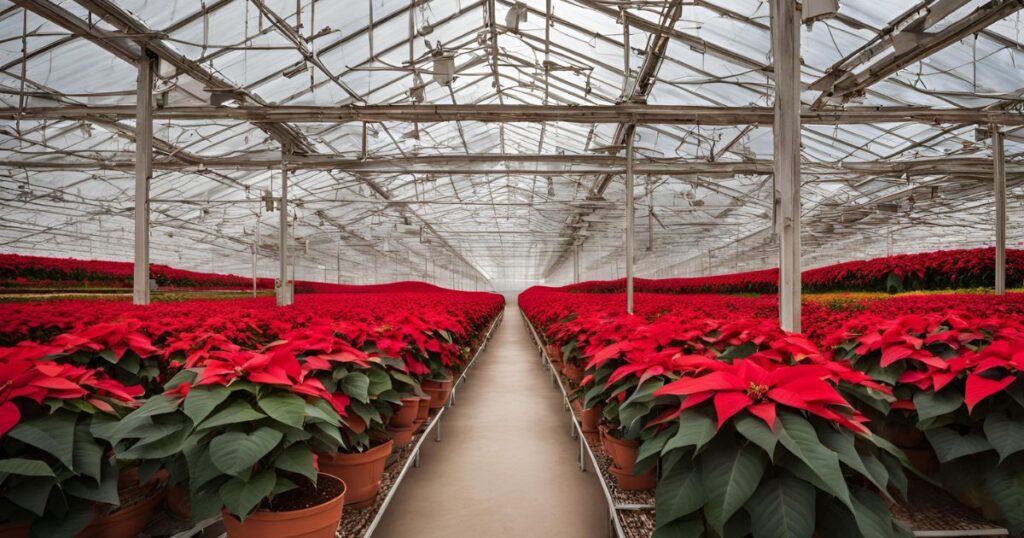
Providing the right environment is essential for keeping your poinsettia healthy and vibrant. These red xmas plant thrive in bright, indirect light, so place them near a window with filtered sunlight for 6-8 hours daily. Avoid direct sunlight, as it can scorch the leaves, causing them to dry out and lose their color. If natural light is limited, you can supplement with grow lights to maintain healthy growth.
Temperature control is also crucial. Keep your poinsettia in a room with temperatures between 65-75°F (18-24°C). Avoid exposing the plant to cold drafts, heaters, or sudden temperature changes, as these can cause leaf drop. If the temperature drops below 50°F (10°C), the plant may suffer damage, so keep it away from open windows or doors during winter.
Maintaining moderate humidity is equally important, especially in dry indoor environments. If your home has low humidity, mist the leaves occasionally or use a humidity tray to keep moisture levels balanced. By providing the right light, temperature, and humidity, how to keep a poinsettia alive you’ll create the perfect conditions for your poinsettia to grow strong and healthy at home.
Best Soil and Pot Selection
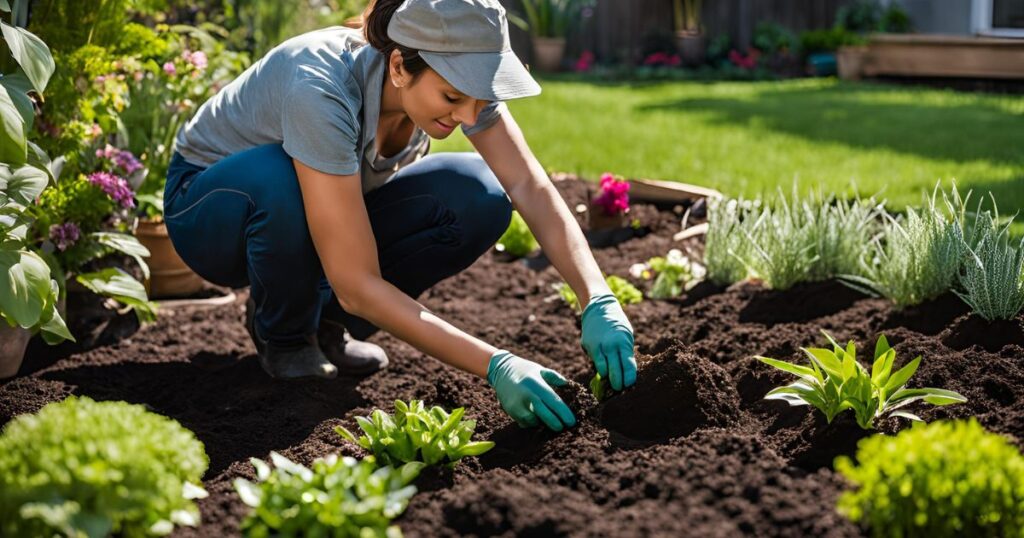
The appropriate pot and soil are crucial for a healthy poinsettia at home. These potted poinsettia plants thrive in well-draining potting soil, which keeps too much moisture from building up around the roots. The best soil mix includes a combination of peat moss, perlite, and sand, ensuring proper aeration and drainage. Avoid heavy or compacted soils, as they can cause root damage by holding onto too much water.
Pot selection is just as important. Always use a pot with drainage holes to avoid saturated soil by letting extra water out. If your poinsettia comes in a decorative pot without drainage, place it in a plastic grow pot inside the decorative container and remove it when watering.
If your poinsettia’s roots become crowded or grow, it’s time to repot them when the drainage holes have been filled. Choose a container between one and two inches larger than your current one, and add fresh soil to provide new nutrients. Proper soil and pot selection will keep your poinsettia roots healthy, promoting lush and vibrant growth throughout the year! how to ripen tomatoes indoors
Watering Poinsettias Properly
The secret to maintaining your poinsettia healthy and vibrant is proper watering. These christmas red flower prefer moderately moist soil, so water them only when the top 1-2 inches of soil feel dry. Stick your finger into the soil—if it feels dry at that depth, it’s time to water. If it’s still damp, wait a few more days before checking again.
How to keep poinsettias alive Avoid overwatering, as poinsettias are prone to root rot in soggy soil. When watering, pour water slowly until it drains from the bottom of the pot. Always use a tray to catch excess water, but ensure your plant is not sitting in standing water, which can lead to root damage. If necessary, empty the tray after watering to prevent water buildup.
Room-temperature water is also ideal, as cold water can shock the roots. By following these simple watering tips, you’ll ensure your poinsettia stays hydrated without the risk of overwatering, helping it thrive throughout the season and beyond!
Fertilizing for Healthy Growth
Regular fertilization is essential to keeping your poinsettia lush and vibrant. During the active growing season—typically spring and summer—feed your plant with a balanced liquid fertilizer (10-10-10 or 20-20-20) every 2-4 weeks. This ensures the plant receives nutrients for strong roots, healthy foliage, and vibrant bracts.
However, when should i put my poinsettia in the dark reducing or completely stopping fertilising is essential after the poinsettia finishes blooming and enters its dormant phase (usually in late winter or early spring). The xmas red flowers slows its growth during this rest period, requiring less nourishment. Resuming fertilization in early spring when new growth appears will help prepare your poinsettia for another healthy season.
By following a proper fertilization schedule, how do i keep a poinsettia alive you’ll promote lush leaves, strong stems, and long-lasting colour, ensuring your poinsettia remains a stunning addition to your home year after year!
Pruning and Maintenance
Regular pruning is essential to keep your poinsettia healthy, complete, and vibrant year-round. After the blooming season ends, usually in early spring, trim back the stems to about 4-6 inches. This encourages bushy new growth and prevents the plant with red and green leaves from becoming leggy. Make precise cuts just above a leaf node using pruning shears or clean, sharp scissors.
During the summer months, practice pinching by removing the tips of new growth. This helps maintain the plant’s compact shape and encourages more branching, leading to a fuller and more attractive poinsettia. Avoid excessive trimming after late summer, as this can interfere with the plant’s blooming cycle. banana flower side effects
Additionally, keep your poinsettia tidy by regularly removing dead or yellowing leaves. This improves the plant’s appearance and prevents disease and pest infestations. By following these pruning and maintenance tips, your poinsettia will stay lush and vibrant, ready to showcase its brilliant colours each holiday season!
How to Make Poinsettias Bloom Again
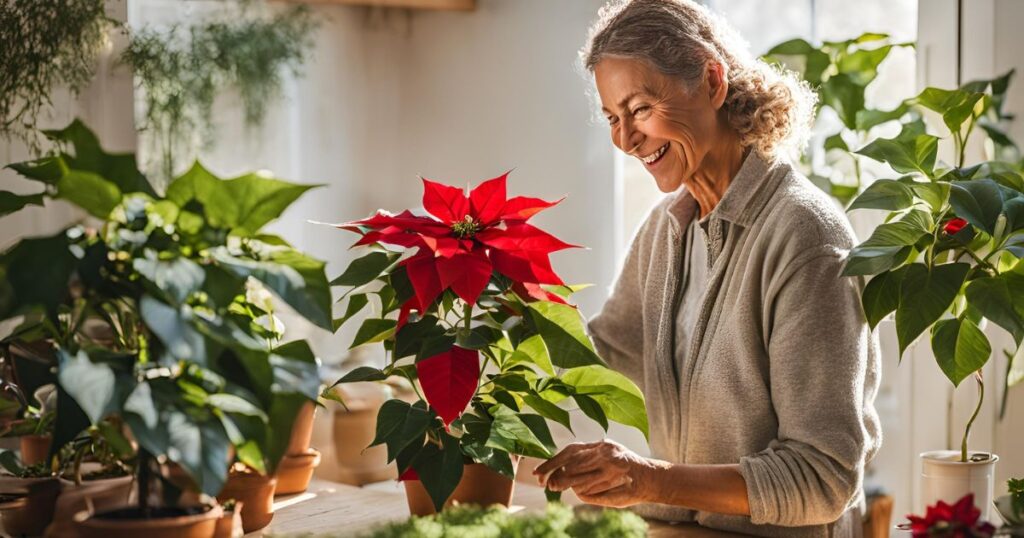
Getting your poinsettia to bloom again requires patience and the proper care. To trigger christmas flower plant, you’ll need to control its light exposure. Starting in October, give your plant 12-14 hours of complete darkness each night for about 6-8 weeks. You can achieve this by placing it in a dark room or closet or covering it with a cardboard box from evening until morning. This darkness simulates the plant’s natural environment, encouraging it to produce its vibrant bracts. how to tell if an avocado is ripe
During the day, continue to provide bright, indirect light for at least 6-8 hours to support healthy growth. Keep the plant warm (65-75°F or 18-24°C) and maintain proper watering, ensuring the soil remains moist but not soggy. Avoid exposing it to drafts or sudden temperature changes, christmas plant red which can disrupt the blooming process.
With consistent care and the right light conditions, your poinsettia should start developing colourful bracts in time for the holidays, enabling you to enjoy its festive beauty year after year!
Common Problems and How to Fix Them
Even with the best care, poinsettias can sometimes face a few challenges. Here’s a guide to help you identify and resolve the most common problems:
- Yellowing Leaves: If your poinsettia’s leaves are turning yellow, it could be a sign of overwatering or a lack of nutrients. Overwatering causes the roots to rot, leading to yellow leaves and wilting. Ensure the plant’s soil is well-draining, and that water is only available when the top one to two inches of soil are dry. Yellowing can indicate a nutrient deficiency, so consider supplying the nutrients required for wholesome growth using a balanced fertilizer.
- Wilting or Drooping: Poinsettias are sensitive to temperature extremes. Wilting or drooping leaves may occur if the plant is exposed to too much heat or cold. Ensure the plant is stable and away from drafts, heaters, or direct heat sources. Keep temperatures between 65-75°F (18-24°C) for optimal health.
- Leaf Drop: If your poinsettia loses leaves, it may react to sudden temperature changes or insufficient light. Poinsettias need consistent temperatures and bright, indirect light. Avoid placing the plant in areas with temperature fluctuations, such as near air conditioners or radiators, and ensure it gets enough natural light each day.
- Pests (Aphids, Whiteflies, Spider Mites): Poinsettias can attract pests like aphids, whiteflies, and spider mites, which damage the leaves and cause yellowing or distortion. If you notice small insects or webs, treat the red christmas flower plant with neem oil or insecticidal soap. Both are effective natural treatments that help eliminate pests without harming your plant. Always spray the entire plant, focusing primarily on the leaf undersides and familiar hiding places for pests.
By addressing these common problems promptly, you can ensure your poinsettia stays healthy and vibrant, allowing it to flourish for years.
When to Plant Poinsettia Seeds
Planting poinsettia seeds takes patience, but the results are worth it. The best time to sow poinsettia seeds is in late spring to early summer, once the risk of frost has completely passed and the soil has warmed up. These tropical plants love warmth and thrive in temperatures between 65–75°F (18–24°C).Prior to sowing, immerse the seeds in warm water for a full day. to promote germination and soften the seed coat prior to planting. Sow the seeds in a seed-starting mix that is well-draining and slightly moist. Place them about ¼ inch deep, and keep the trays beneath a grow lamp or in a warm, bright area.
Poinsettia seeds can germinate slowly—sometimes taking 2 to 3 weeks or even longer. Don’t let the soil get saturated, but keep it regularly damp. The secret is patience! the garden, depending on your climate. If you live in a cooler area, keep them indoors or in a greenhouse.With the right timing and care, your poinsettias will grow strong and healthy, ready to deliver their festive beauty during the holiday season.
Conclusion
Growing poinsettias at home can be a rewarding experience that brings vibrant colour and festive charm to your space. You can keep your poinsettias lush and healthy throughout the year by following the essential care tips shared in this guide—selecting a healthy plant, supplying the optimal circumstances for growth, and maintaining appropriate watering, soil, and light. Don’t forget to experiment with techniques to encourage reblooming, allowing you to enjoy their beauty every holiday season.
Whether you’re a seasoned plant enthusiast or a first-time grower, how to grow poinsettias at home doesn’t have to be a challenge. You can nurture these stunning red xmas plant and make them stand out in your home with the proper care. Happy gardening, and here’s to enjoy your beautiful, thriving poinsettias!
FAQ
1. How often should I water my poinsettia?
Water your poinsettia when the top 1-2 inches of soil feel dry. Be careful not to overwater, as poinsettias do not like soggy soil. To avoid root rot, always make sure the pot has adequate drainage.
2. How can I make my poinsettia bloom again?
To trigger blooming, give your poinsettia 12-14 hours of complete darkness each night for 6-8 weeks, starting in October. During the day, provide bright, indirect light. This dark period simulates the natural conditions poinsettias need to bloom.
3. What temperature is best for poinsettias?
Poinsettias prefer temperatures between 65-75°F (18 and 24°C). Avoid placing them near drafts, heating vents, or cold windows, as temperature fluctuations can cause stress and leaf drop.
4. How do I prevent my poinsettia from getting pests?
If you notice pests such as aphids, whiteflies, or spider mites on your poinsettia, treat it with neem oil or insecticidal soap. Also, regularly check the undersides of leaves where pests tend to hide.
5. When should I prune my poinsettia?
Prune your poinsettia in early spring, after the blooming period, by cutting the stems to about 4-6 inches. This will promote bushier growth. Additionally, pinch back new growth during summer to maintain a full shape.


